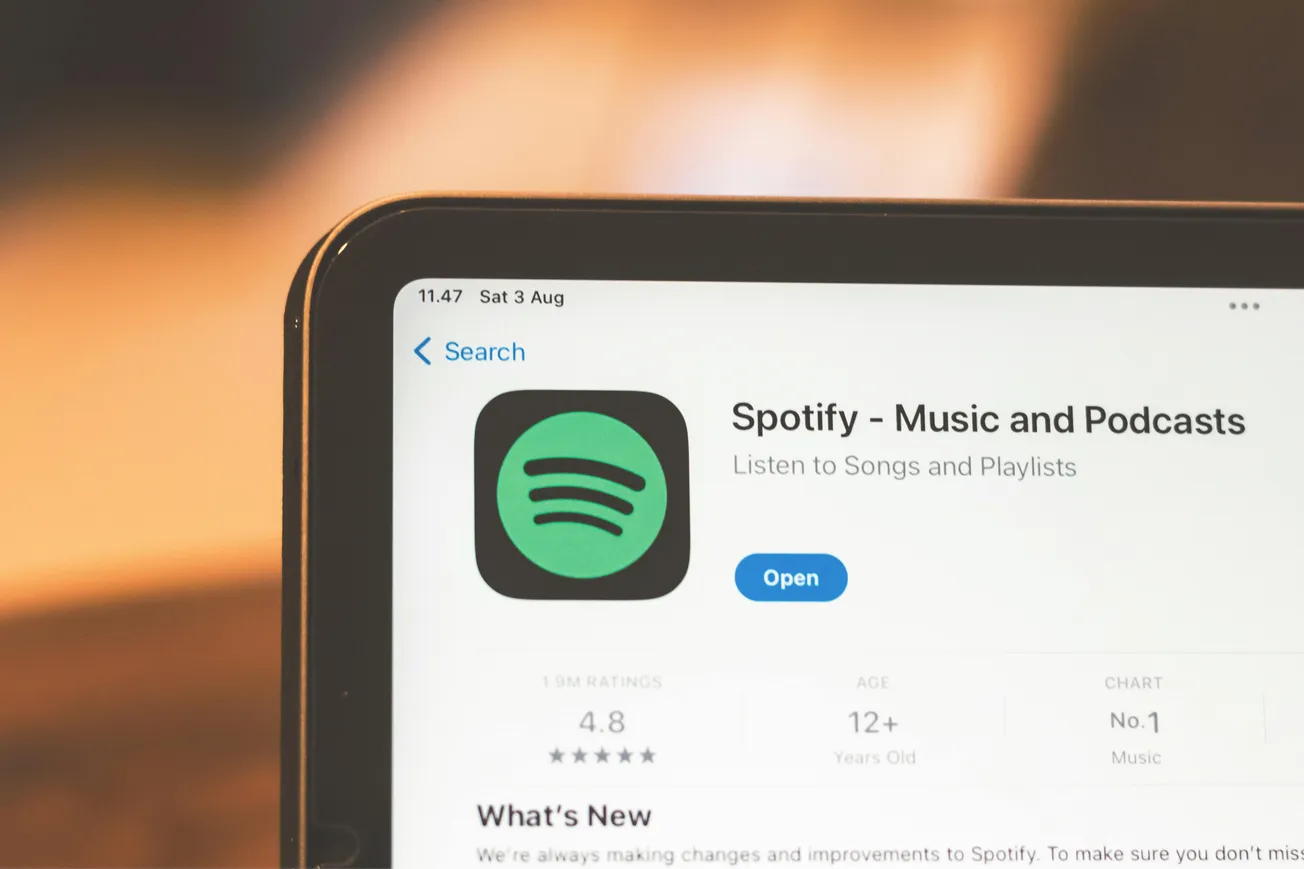Whether you are a creator, marketer or business manager, turning raw user data into actionable insight is critical. Built-in – or native analytics tools – like Google Analytics 4, YouTube Studio or platform dashboards offer free, immediate reports aligned with their platforms. However, they often lack cross-channel views or automation flexibility.
That is where third-party solutions like Supermetrics and its alternatives enter. They extend native capabilities by aggregating data across platforms, automating exports and enabling advanced reporting workflows.
1. Native Analytics: Trade-Offs and Strengths
Pros:
- Immediate access and no extra cost.
- Designed for a single platform, providing relevant metrics and real-time dashboards.
- Easy onboarding for beginners and creators.
Cons:
- Data is difficult to compare performance across YouTube, GA4, Mailchimp, etc.
- Limited automation and minimal custom metric flexibility.
2. Supermetrics: Data Connector Classic
A Finnish SaaS founded in 2013, Supermetrics automates collection from over 150 marketing and analytics platforms and exports data into tools like Google Sheets, Excel, BI platforms or data warehouses.
Pros:
- Broad connector library (150+ sources).
- Supports multiple destinations (Looker Studio, Power BI, BigQuery, Excel, etc.).
- Scheduled automation and pre-built templates for reports.
Cons:
- No built-in dashboarding or transformations. You need to pair it with other tools.
- Pricing scales quickly based on users, data volume and destinations.
- Some users report technical instability and weak automation reliability.
3. Notable Alternatives to Supermetrics
A growing ecosystem provides improved usability, transformation and pricing flexibility:
Dataslayer.ai
- Rated the best overall Supermetrics alternative by G2 and others.
- Supports about 45 platforms: exports to Google Sheets, Excel, Looker Studio, Power BI and major data lakes.
- Features include automated refreshes, friendly user interfaces and scalable pricing starting around $29–$39/month.
Windsor.ai
- Offers more than 300 connections, cost-effective plans and strong spreadsheet/warehouse support.
- Exceptional for data-driven marketing teams needing attribution modeling and cross-channel insights.
Funnel.io
- Boasts over 500 integrations and advanced data transformation capabilities pre-loading into dashboards and warehouses.
- Transparent pricing tied to ad spend, with full feature access across all plans.
Power My Analytics, Whatagraph, Improvado, Adverity, Databox
- Each serves particular needs such as SMBs, agencies, enterprise marketers with features like built-in dashboards, ETL support, white-labeling or AI insights.
Best Practices for Insight Gathering
- Define your needs: Are you reporting across platforms? Need automation? Custom metrics? Dashboard views?
- Balance cost vs flexibility: Supermetrics can scale fast; tools like Dataslayer or Windsor.ai offer predictable pricing and fewer limits.
- Consider workflow integration: If you already use Looker Studio or Sheets heavily, choose connectors optimized for your tool-stack.
- Watch for reliability: Review user feedback on refresh failure rates or connector stability. This is especially important at scale.
- Plan for transformation and visualization: If you need blending or dashboards, make sure your tool supports those either natively or through integration.
From Native to Automated Insight
- Use native analytics for immediate, platform‑specific tracking without added cost.
- Add Supermetrics or alternatives when you need multi-channel aggregation, automation or deeper reporting workflows.
- Select your tool based on data sources, destinations, budget and your team’s technical comfort, whether that is Dataslayer’s affordability, Funnel’s flexibility or Windsor.ai’s attribution features.
More Reading
- Optimizing Podcast Metadata: Enhancing Discoverability Across Platforms
- The Blurring Lines Between Podcasts, Radio, and Television









